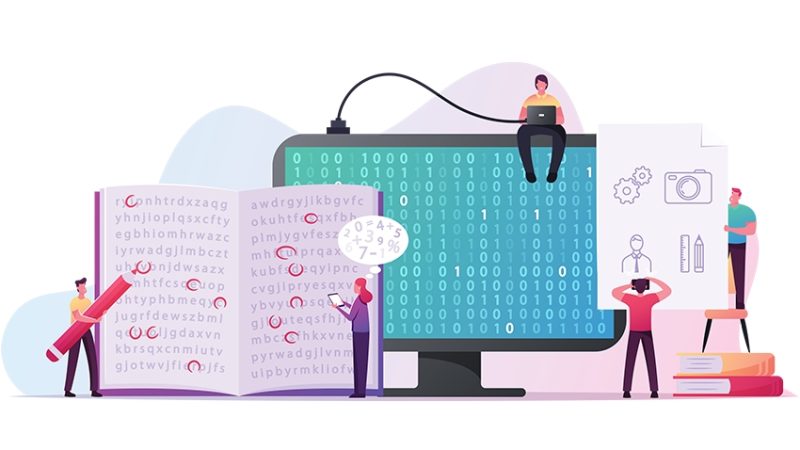Getting Excluded Students Back Into Mainstream Education With A Virtual Classroom

Every child deserves an education; so let’s focus on delivering that, regardless of whether they’re inside or outside of the classroom’s walls

- by Sam Warnes

Like many of you, I recently read about two schools in England that have teachers wearing body cameras as a method of classroom management and preventing pupil disruption.
While this is only in the pilot phase at the moment, I thought about how this could be implemented in classrooms across the country. And honestly, this thought worried me.
As a former teacher, I understand the struggles of those working in classrooms, and likewise, I appreciate that in most classes there will be a student or two who exhibit disruptive or poor behaviour.
But is filming students in the classroom a truly effective preventative measure when it doesn’t tackle the reason why students are behaving poorly to begin with?
Unfortunately, there will always be students in mainstream classrooms that struggle with behaviour, attendance and attainment due to lack of support for their specific needs. So, how can we help those who may, for example, be excluded from school, improve their behaviour and achieve academically?
First and foremost, we need to explore the crux of the problem and identify what’s causing their poor behaviour.
This is often disengagement with learning – perhaps the work is too difficult, or too easy, or just isn’t presented to them in a way that meets their learning style.
Another factor to consider is whether they have a special educational need or disability (SEND), as according to IPSEA (Independent Parental Special Education Advice) children with SEND are far more likely to be excluded from school than their classmates.
Once the cause has been identified, then we can work with that child to improve her behaviour.
But, every school has a behaviour policy, and if a student fails to abide by this, regardless of the underlying cause, he may be suspended or excluded.
It’s then the responsibility of the school to facilitate work for the first five school days, and arrange a suitable full-time education, such as inclusion centres or Pupil Referral Units (PRUs), from the sixth school day onwards.
There are many factors that arise when considering how to reach excluded or out-of-school students, including how work can be provided, how to monitor the her progress and how to give her the support she needs, both academically and pastorally.
So how can schools ensure students have access to work and receive face-to-face support from teachers when learning from a distance?
Ash Khan, assistant headteacher at Sheffield Inclusion Centre, uses a virtual classroom to engage students that are currently outside of the classroom. He explains, “Our students are out of mainstream education for various reasons. They might suffer from anxiety or other mental health issues, while others simply don’t like school. But our objective is very clear: we want to get our students back into mainstream education.
“We use a virtual classroom to deliver lessons and homework to our students, and they receive an attendance mark for each session. There is a tracking system in place so we can see at a glance how many times a student has logged on, what he’s doing, how he’s progressing, and so on. We’re also able to have a virtual face-to-face check-ins with each student, enabling us to see that the student is safe and well, and also speak to him about his work and progress.
“The results have been incredible. Two of our students have recently informed us that they want return to mainstream education. With a virtual classroom, we’re able to ensure our students receive classwork and homework regularly, monitor their progress and give them the support they need so that, when the time comes, the transition back into the classroom goes smoothly.”
A child who’s currently away from school and learning from a distance still needs to receive the same provisions of their classmates including access to lessons, support and guidance, progress monitoring and intervention.
Let’s do all we can to work with our students to understand their underlying issues, rather than simply strapping a camera to our chests. Let’s not call a child out for being “naughty” or “disruptive”, when they’re probably just disengaged from learning. Let’s focus on helping all students to achieve academically and become responsible members of our community.
Every child deserves an education; so let’s focus on delivering that, regardless of whether they’re inside or outside of the classroom’s walls.
Sam Warnes is a former teacher and the founder of EDLounge, a unique virtual platform that gives students who struggle with mainstream education the opportunity to access learning.










